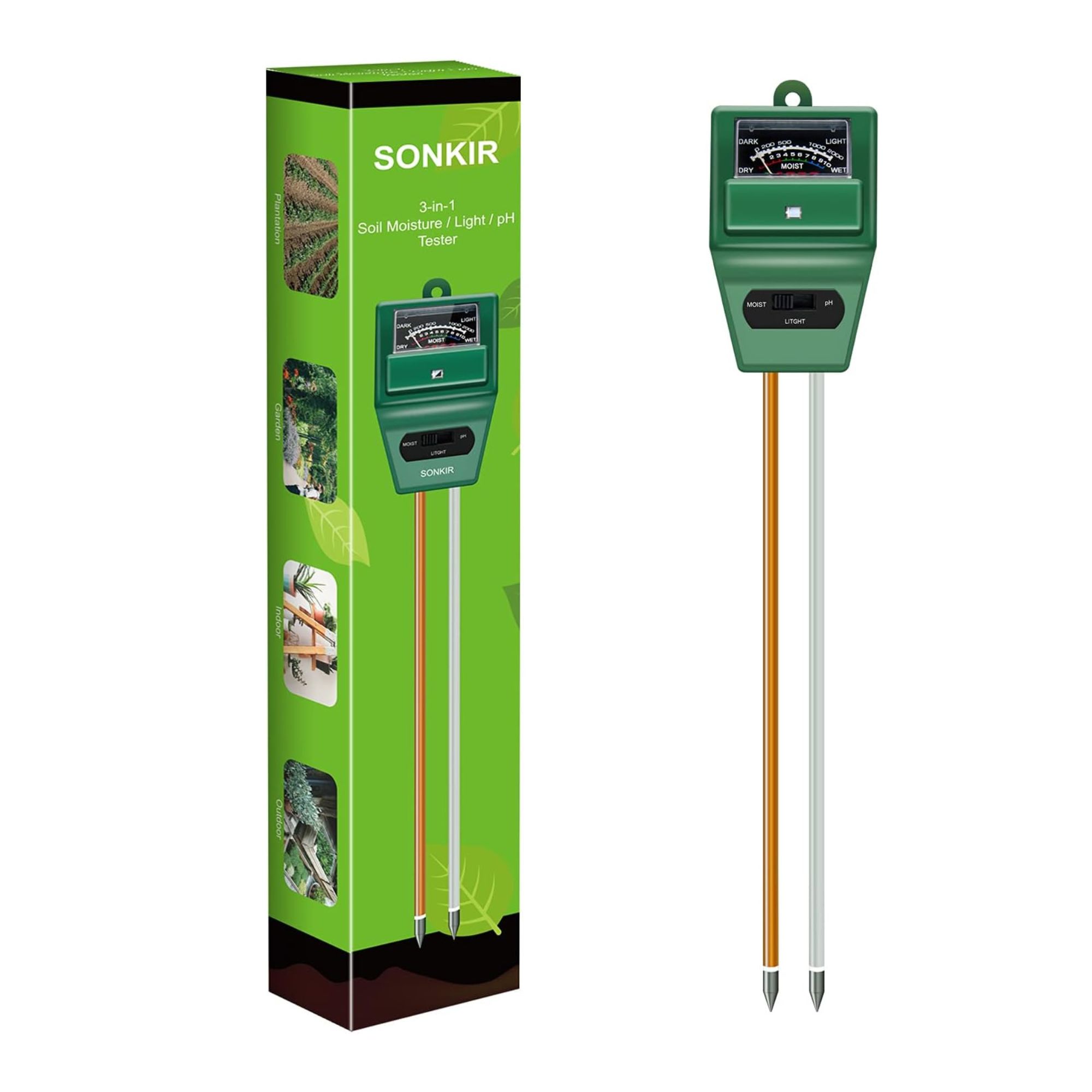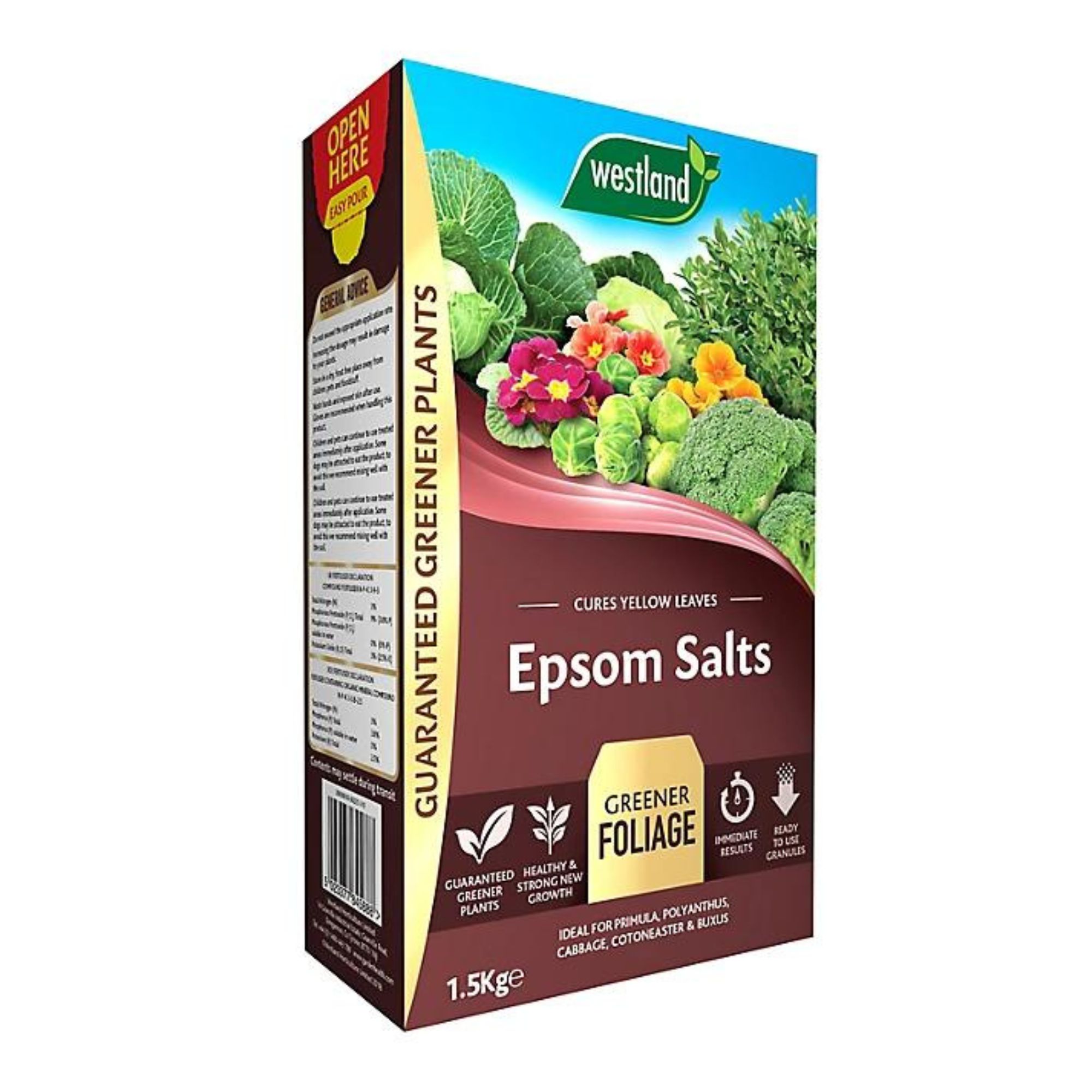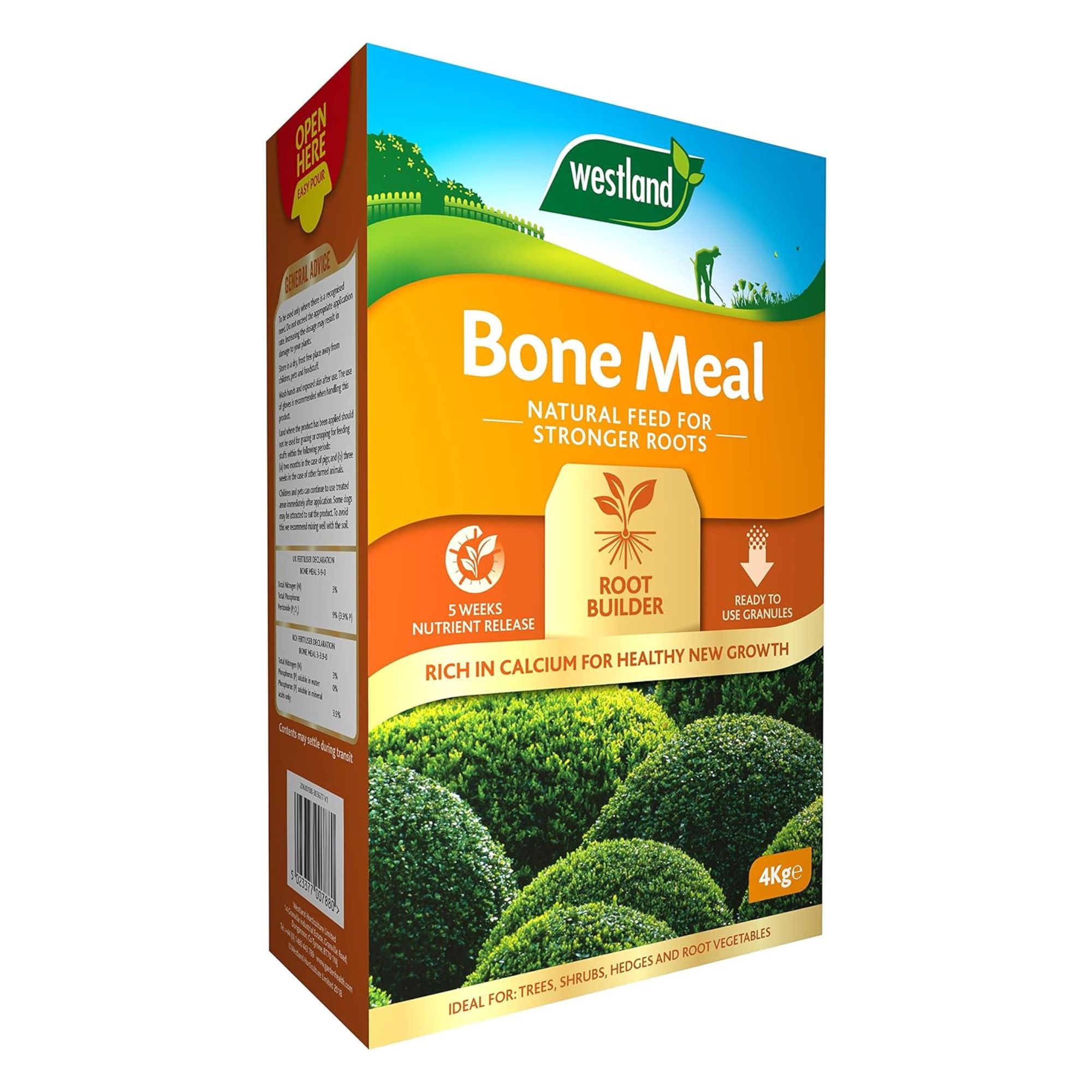How to test for nutrient deficiencies in your soil - and how to fix it, according to experts
You need just enough of the ‘big four’ to help your plants thrive
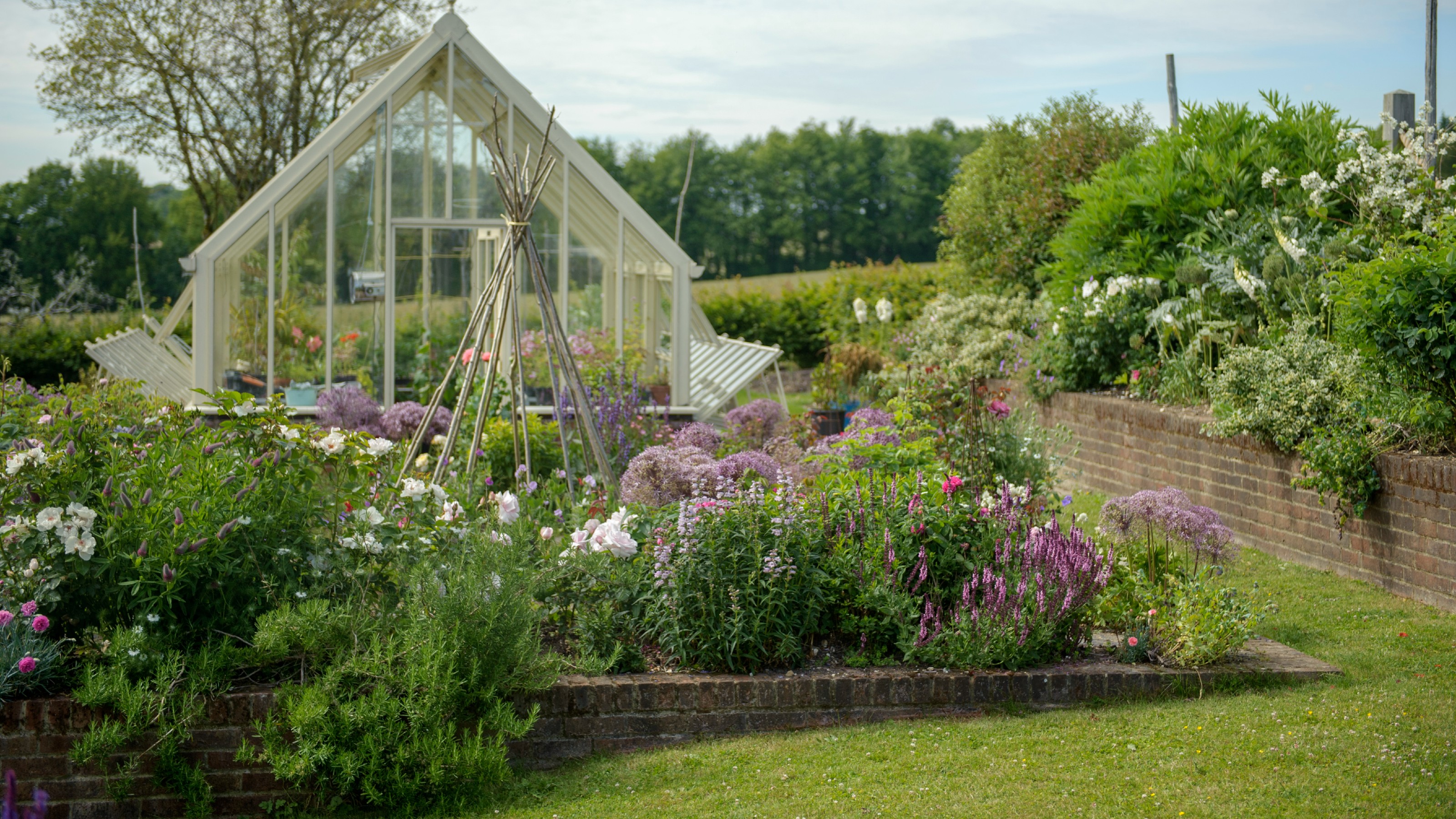

Many gardeners don’t understand that their dreams of having a garden full of happy and healthy plants rest solely on the quality of their soil. That’s why it’s so important to test for nutrient deficiencies in your soil - and know how to boost them back up again.
Of course, testing your soil’s pH is a great first port of call when testing the quality of your soil. But if you want to truly understand how well your plants will grow (or figure out why they’re struggling to grow), you need to understand how much magnesium, nitrogen, potassium, and phosphorous can be found in the soil. After all, balanced levels are key to bringing your garden idea to life.
In an ideal world, you’d have enough of the ‘big four’ to keep yellowing at bay, encourage blooming, and even promote fruiting. But if you don’t, you’ll want to read our expert-approved tips to monitor and fix nutrient deficiencies in soil.
How to test for nutrient deficiencies in your soil
‘Soil must have the right level of nutrients to help plants grow and thrive,’ explains Morris Hankinson, Director of Hopes Grove Nurseries. ‘By testing your soil regularly, you can quickly identify when there may be a nutrient deficiency and rectify it before there's any impact on your plants. This, in turn, can save you time, money, and keep your plants happy and healthy.’
One of the best ways to test for nutrient deficiencies in your soil is to look at your plants. That’s because your plants will often show visible signs of nutrient deficiency, and this is often one of the reasons why your plant leaves will turn yellow. So, keep an eye out for:

Morris Hankinson is the founder and managing director of Hopes Grove Nurseries Ltd, the UK’s only specialist grower-retailer of hedging plants. He established the thriving business in 1992, shortly after graduating with a Commercial Horticulture Degree from Writtle College, Essex.
- Yellow leaves or yellow tips.
- Dull foliage.
- Stunted growth.
- Poor flowering.
- Slow fruiting.
However, it’s important to note that the symptoms above don’t paint the whole picture regarding soil deficiencies. To understand why nutrient or nutrients in your soil are lacking, it’s best to undertake a proper test.
These professional testing kits are easy to find online and in garden centres, and they will tell you exactly which nutrients your soil needs. Then, you can focus on fixing the problem.
Sign up to our newsletter for style inspiration, real homes, project and garden advice and shopping know-how
What to do if your soil has a magnesium deficiency

If your soil test has indicated that you have a magnesium deficiency, it’s important to fix it as soon as possible to improve your plant's health.
Bish from @bearded.growers explains, ‘Magnesium is crucial for chlorophyll production and overall plant health.’ In fact, a plant deficient in magnesium will struggle to harness energy from the sun and often turn yellow or showcase stunted growth.
Thankfully, there’s an easy way to fix a magnesium deficiency in your soil: use Epsom salt. This common household product is a natural source of magnesium and works quickly to aid your nutrient-deficient soil.
To use Epsom salt for plants, dissolve it in water and add the mixture to the soil. You don’t have to do this too often, though. Morris says, ‘Just once a month during the growing season may be useful. It's important to note that you shouldn't use Epsom salts in soil for specific plants as it can stunt growth (these include beans, peas and conifers).’
What to do if your soil has a nitrogen deficiency

Nitrogen is essential for green, healthy growth - but it’s very common for soil to be deficient in nitrogen as it’s easily washed away by the rain. Because of this, many people find their soil deficient in nitrogen in the spring - when your plants need it most.
So, what do you do if you have a nitrogen deficiency? Morris says it’s easy. ‘Mulching can help to boost your soil's nitrogen level. Add a layer of organic matter such as compost to the surface of your soil (this will slowly absorb into the soil and provide the key nutrient for your plant).’
You have to be patient with this process, though, as it will take a few weeks for the mulch to work its magic and boost the nitrogen levels. Morris has offered a quicker solution if you really need it, though.
‘If your soil is severely deficient and you need a quick solution, apply a fertiliser that's particularly high in nitrogen.’
What to do if your soil has a potassium deficiency

Potassium is like the daily vitamins and supplements we humans take to keep healthy. John Clifford, garden expert at Gardenstone, says, ‘Potassium deficiencies commonly occur in chalky soils where the potassium can easily be washed away.’
He adds, ‘Potassium is crucial as it controls water uptake and supports photosynthesis.’ Alongside this, it also helps your plants tolerate stress - such as heat stress, drought, and more.
Without potassium in the soil, your plants will struggle to thrive in the way that you’d like them to, and you may even find that your fruits and vegetables struggle to ripen. So, if you test your soil and find that it’s deficient in potassium, it’s best to supplement it as soon as possible.
Morris explains, ‘Similarly to nitrogen, mulching with a layer of compost can help with a potassium deficiency. You can also use a high-potassium fertiliser to boost your soil's potassium levels.’
You need to be careful when using these fertilisers, though. Morris adds, ‘High-potassium fertilisers can cause magnesium deficiencies, so keep testing your soil and be careful not to replace one deficiency with another.’
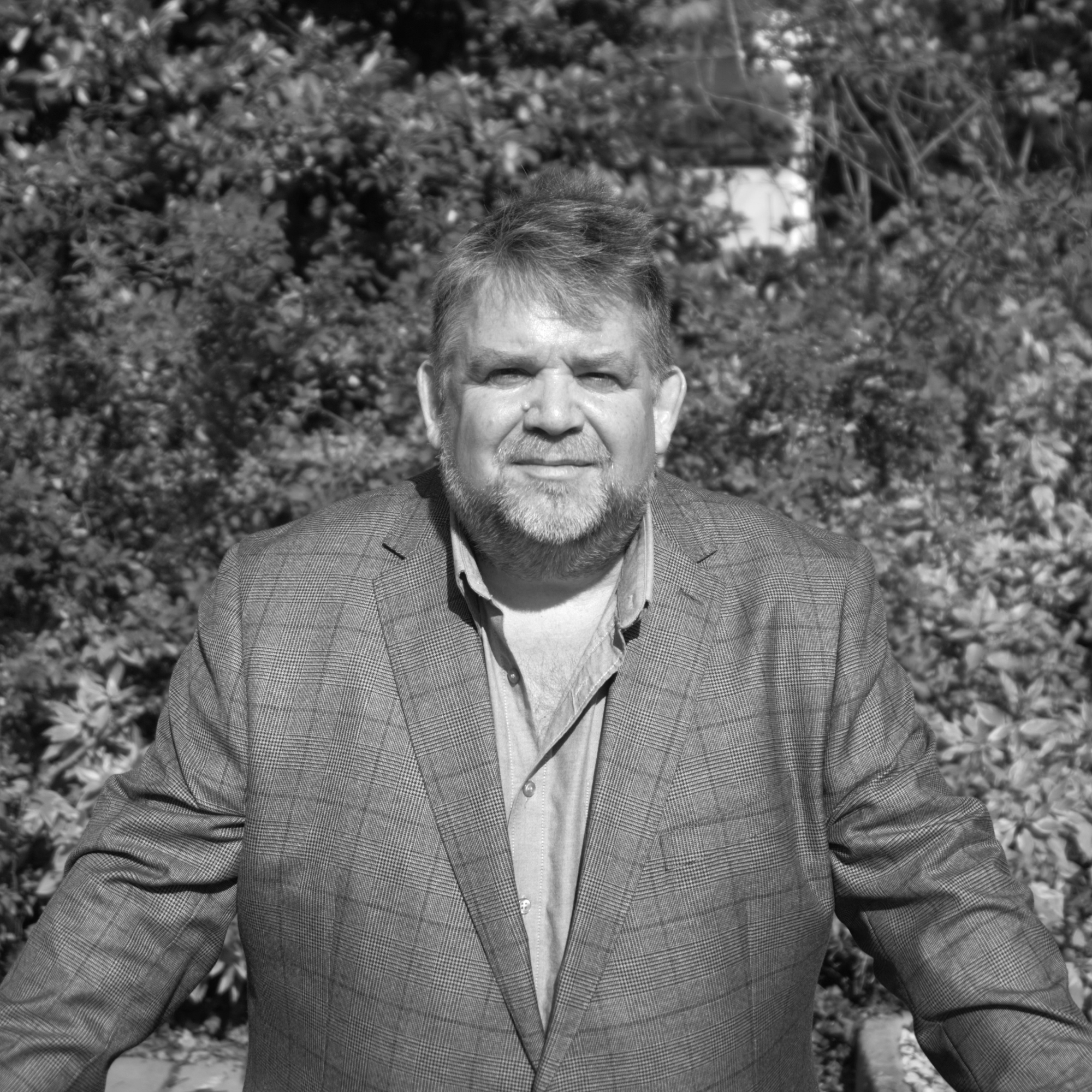
John Clifford is a director of Gardenstone, a leading garden landscaping retailer based in the UK. With over 30 years in the gardening industry and continual work alongside The National Trust, John has amassed an extensive range of gardening and planting knowledge. Alongside his younger son, John has built a strong reputation for Gardenstone as a trusted source for both high-quality garden products and expert gardening advice.
What to do if your soil has a phosphorous deficiency
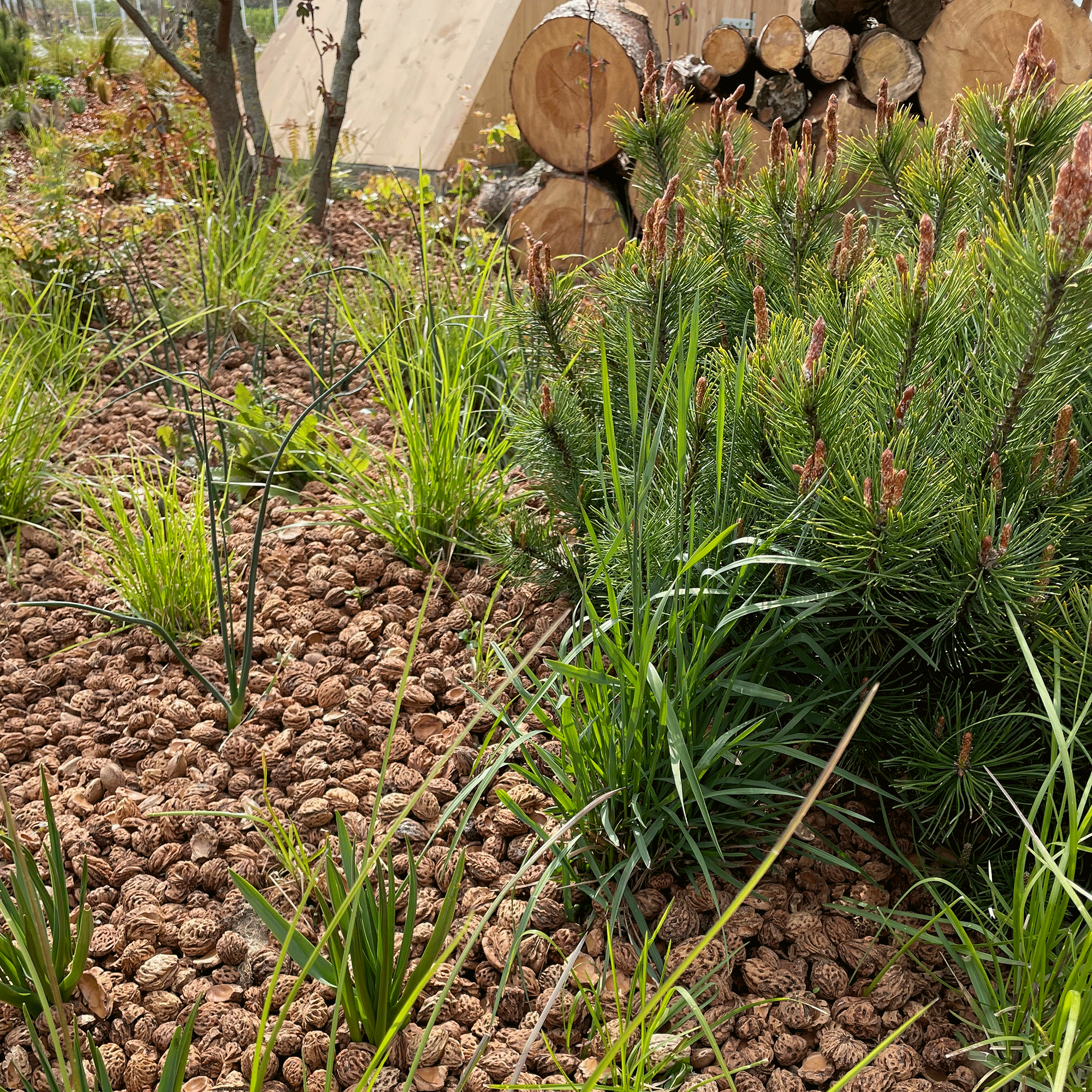
Soil nutrient deficiencies show themselves in many different ways, and a lack of phosphorous normally results in red leaves or irregular, twisted leaves. That’s because phosphorous helps the plant develop healthy root systems, resulting in healthy foliage, flowers, and fruit.
Without phosphorus in the soil, you’ll find that your plants struggle with growth and look a little worse for wear. But once again, mulch can come to the rescue.
Morris says, ‘Mulching with organic matter such as compost or manure can give your soil vital phosphorus nutrients. Equally, you can apply a phosphorus fertiliser to boost the levels.’
You could even buy something like superphosphate or bone meal to add extra phosphorous to the soil.
FAQs
Are DIY soil test kits accurate?
DIY soil tests are fairly accurate and can be helpful if you’re looking to test the pH or nutrient levels in your soil. However, it’s important to note that these DIY soil tests will never be 100% accurate.
The only way to test your soil with minute accuracy is to enlist the help of professionals and send your soil off to be tested. But if you’re a hobby gardener who doesn’t mind the trials and tribulations that come with gardening in the UK, a DIY soil test should be enough to guide you in the right direction.
How to test soil with vinegar?
If you want to test the pH of your soil and ultimately choose the best plants for your soil’s pH, you can use vinegar to help you out. All you need to do is pour some vinegar onto a soil sample and watch what happens next. If it seems to ‘fizz’ this is a clear indicator that you have alkaline soil.
If it doesn’t, you either have acidic or neutral soil. For an accurate reading, however, it’s best to test your soil’s pH properly using a reader or with the help of a professional.
So, take this as your sign to test for nutrient deficiencies in your soil.

Lauren Bradbury has been the Content Editor for the House Manual section since January 2025 but worked with the team as a freelancer for a year and a half before that. She graduated with a Bachelor’s degree in English and Creative Writing from the University of Chichester in 2016. Then, she dipped her toe into the world of content writing, primarily focusing on home content. After years of agency work, she decided to take the plunge and become a full-time freelancer for online publications, including Real Homes and Ideal Home, before taking on this permanent role. Now, she spends her days searching for the best decluttering and cleaning hacks and creating handy how-to guides for homeowners and renters alike, as well as testing vacuums as part of her role as the Ideal Home Certified Expert in Training on Vacuums, having spent over 110 hours testing different vacuum models to date!

